In Praise of Jasmine Tea
Jasmine tea is one of the most ubiquitous flavored teas, but finding a high-quality blend takes some research. Andy describes how jasmine tea is made and also how to buy a truly artisanal product.
The immense variety of gourmand perfumes make smelling good enough to eat a simple task. Between the chocolate-torte richness of Angel, the strawberry cotton candy of Pink Sugar, or the licorice and violet pastilles of Lolita Lempicka, the possibilities make for an endless dessert case of choices. But when I want to smell good enough to drink, I sometimes find myself at a loss. Instead, I brew myself a cup of jasmine tea, and I quickly forget my fragrant dilemma.

While drinking a cup of jasmine tea, the lines between food and fragrance quickly blur. As soon as the aroma of soft white petals and sweet, toasted leaves begins to fill the air, I’m left almost unsure whether I’d rather dab the tea on my skin or take a sip. In few other cases is the humble task of brewing a cup of tea elevated to this level of almost magical sensory indulgence. And perhaps the most blissful part of it all is the fact that enjoying jasmine tea can be a daily ritual, not just an experience for special occasions.
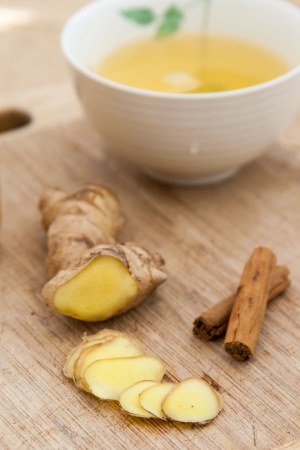
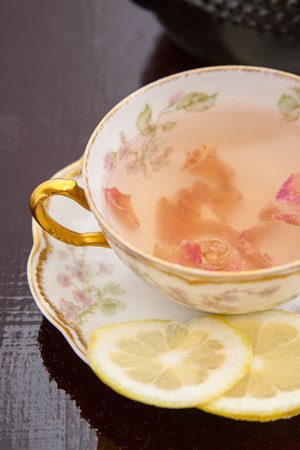
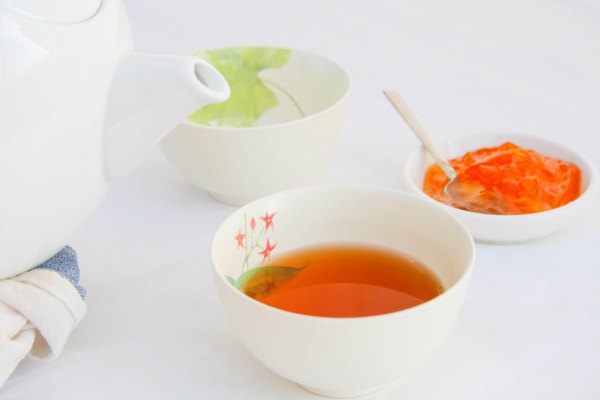
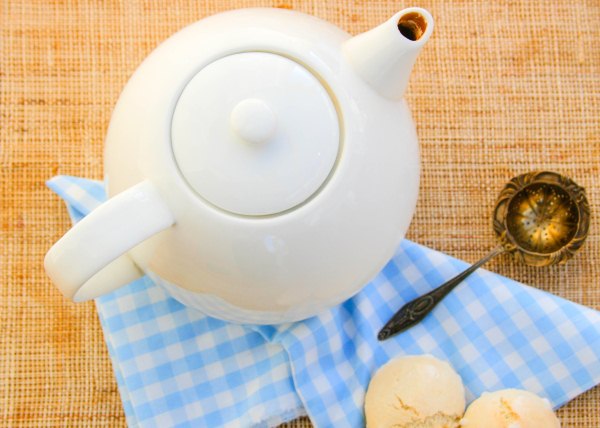














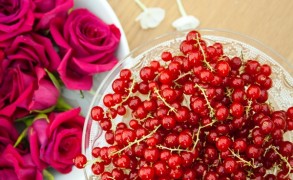

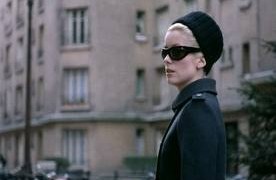
Aurora in Recommend Me a Perfume : April 2024: I don’t think they differ widely in scent, the EDT is punchier and a bit brighter in the top notes and the EDP clings more to the skin and lasts… April 26, 2024 at 2:27pm